Toilet Paper, Hand Sanitizer, and Now Dogs? A Shortage of Animals to Adopt Meets Greater Demand
September 27, 2020
With the rise of working from home due to the COVID-19 pandemic, a higher demand for adoptable animals has arisen alongside it. In Marin, residents have found it increasingly challenging to find animals to adopt as shelters have shifted to accommodate new regulations, and many more people begin to look for four legged companions to spend their vast amount of time at home with.
“People are home and kids are in school from home now. It is a good time for people [to adopt] and they’ve realized that,” said Catherine Tryon, an adoption specialist who has worked at the Marin Humane Society for 22 years.
Since the coronavirus outbreak and the shelter-in-place, there has been a dramatic increase in time spent at home and in social isolation. This has led to increased loneliness, anxiety, and stress in many individuals, and animals seem to be a great way to help reduce some of these detrimental effects.
“It is rather extensive, the mental and physical health benefits [of owning a pet],” explained Sharon Valentino, a therapist who has been working in Marin for 15 years. Valentino described how pets offer so much more to owners than just an escape from boredom. They lower blood pressure, elevate endorphin release, force one to have structured exercise, and simply distract you from other problems in your life, which is very valuable to people during these uncertain times.
“It’s nice to have another living organism in the house,” said John Starr, a recent retiree and resident of San Rafael who recently adopted two dogs from North Bay Animal Services. However, finding his new companions was no easy task. He had begun his search for a dog weeks before he had found success, checking adoption sites online multiple times a week, waiting until he found his perfect match.
In the earlier days of the shutdown, the Marin Humane Society saw their busiest adoption days. This is because at the time, the shelter was almost at full capacity with cats and dogs that had been there for a long time.
Since March, there has been about a 2% decrease in adoptions compared to this time last year at the Marin Humane Society. This compares to the nationwide adoption rate drop of 28%. Fosters on the other hand, are much higher both nationwide and locally at the MHS. As of September 15th, only 39 of the Humane Society’s 139 animals are at the shelter. The remainder are in foster care.
“People are adopting, but [numbers went down] because of the amount of animals we have,” explained Julia Cole, the Education Coordinator with Marin Humane. “We are not taking in as many animals as we normally would be right now, which accounts for [the drop].”
Normally, the Humane Society would go into other shelters and get animals at least once a week, whereas now it is less frequent and in smaller amounts.
When new animals arrive at the shelter, they are spayed and neutered, then almost immediately made available on the website. “Within hours, people are sending us emails and calling saying they are interested in an animal. They get adopted so quickly,” said Catherine Tryon.
In a case of multiple people wanting the same animal, workers in the adoption department at the Humane Society select who they believe would be best suited for that animal. Still, they keep lists of people who have shown interest in the animal, so if one person doesn’t work out they can begin the process with another.
The adoption process too, had many changes made in order to incorporate social distancing and new covid protocols. Shelters are closed to in-person visitors so you can no longer go inside and walk around or visit an animal. Instead, you must see an animal online, call and talk with an employee, then set up an appointment to go to the shelter or foster home to pick up your animal.
“It’s worked out really well in my opinion,” Catherine Tryon said about the process. “You get a lot more information about what [people] are really looking for [in a pet].”
Though adoptions have been quite successful, it has still not been easy for people looking to adopt. John Starr found it especially difficult to get an appointment, when his initial one was cancelled the day prior because only one couple can be at shelters at a time.
“Their website was terrible. I had to call, which was how I finally got through.” he said.
The surge in people looking to adopt is no doubt a direct effect from people realizing that they will be spending much more time at home now and in the foreseeable future. But the reason our beloved furry friends have become harder to come by during these times is not only a result of an increase in demand, but also a decrease in staff at the shelters.
“We are closed to the public to reduce the number of staff that have to be on campus,” said Julia Cole. “We are only bringing in as many [animals] as we can have in foster and can take care of.”
The Marin Humane Society follows a program called Capacity for Care, in which they make sure that they don’t house more animals than they can take care of comfortably. With less staff available at the shelter, this capacity is lowered significantly resulting in less animals being brought in. Many other shelters do not have this luxury that we have in Marin County, and don’t have much of a choice but to pack in the numbers of animals when necessary.Though numbers are at a low point during these times, it may not last long as people begin to leave the house more and financial hardships set in. To keep numbers low, the community must stay committed to being responsible pet owners, and being mindful of the shelters in the days ahead of us.

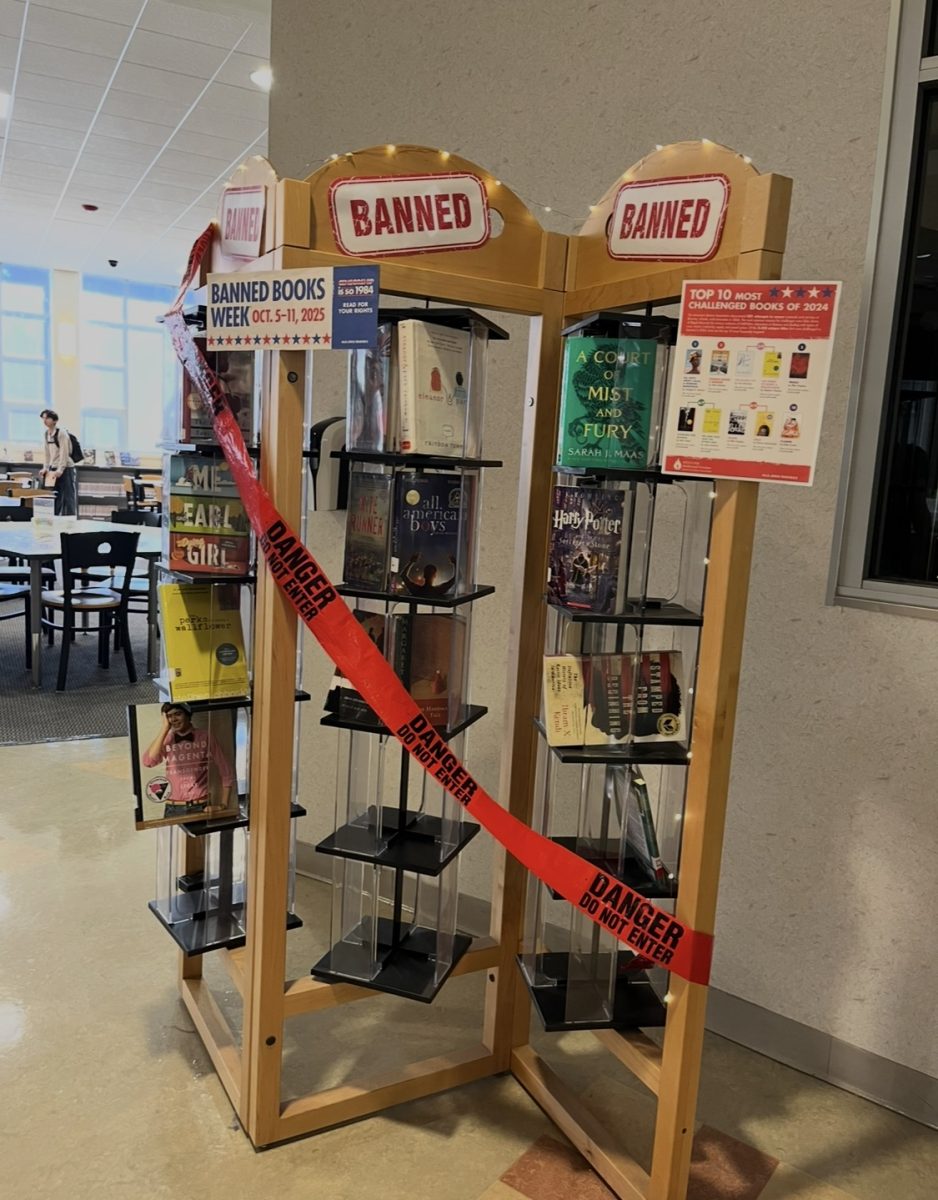
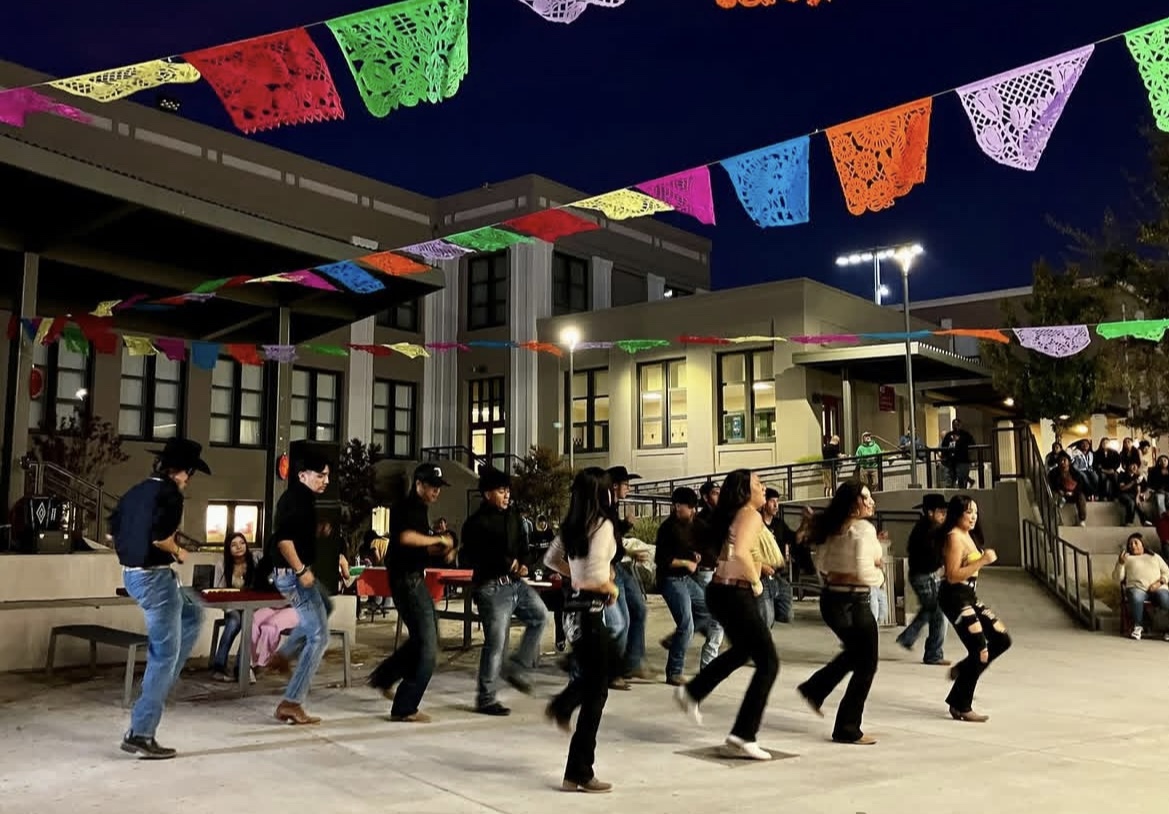
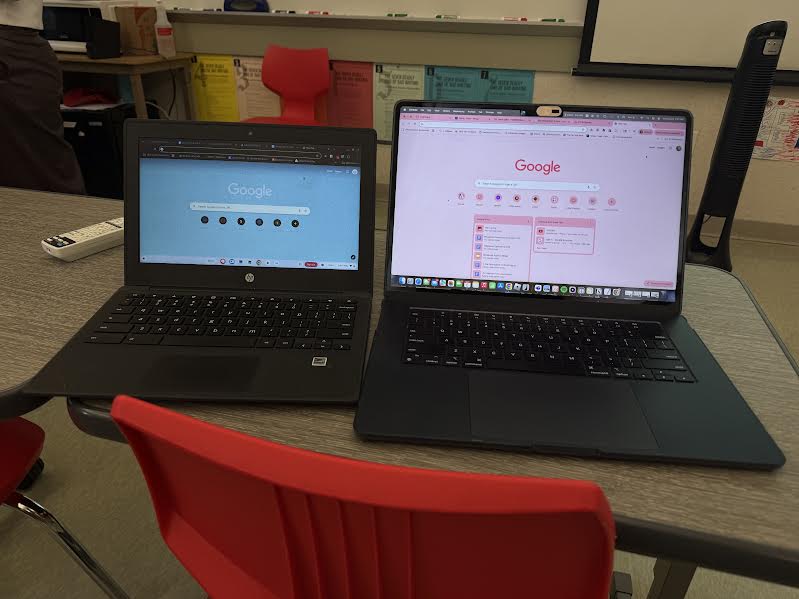
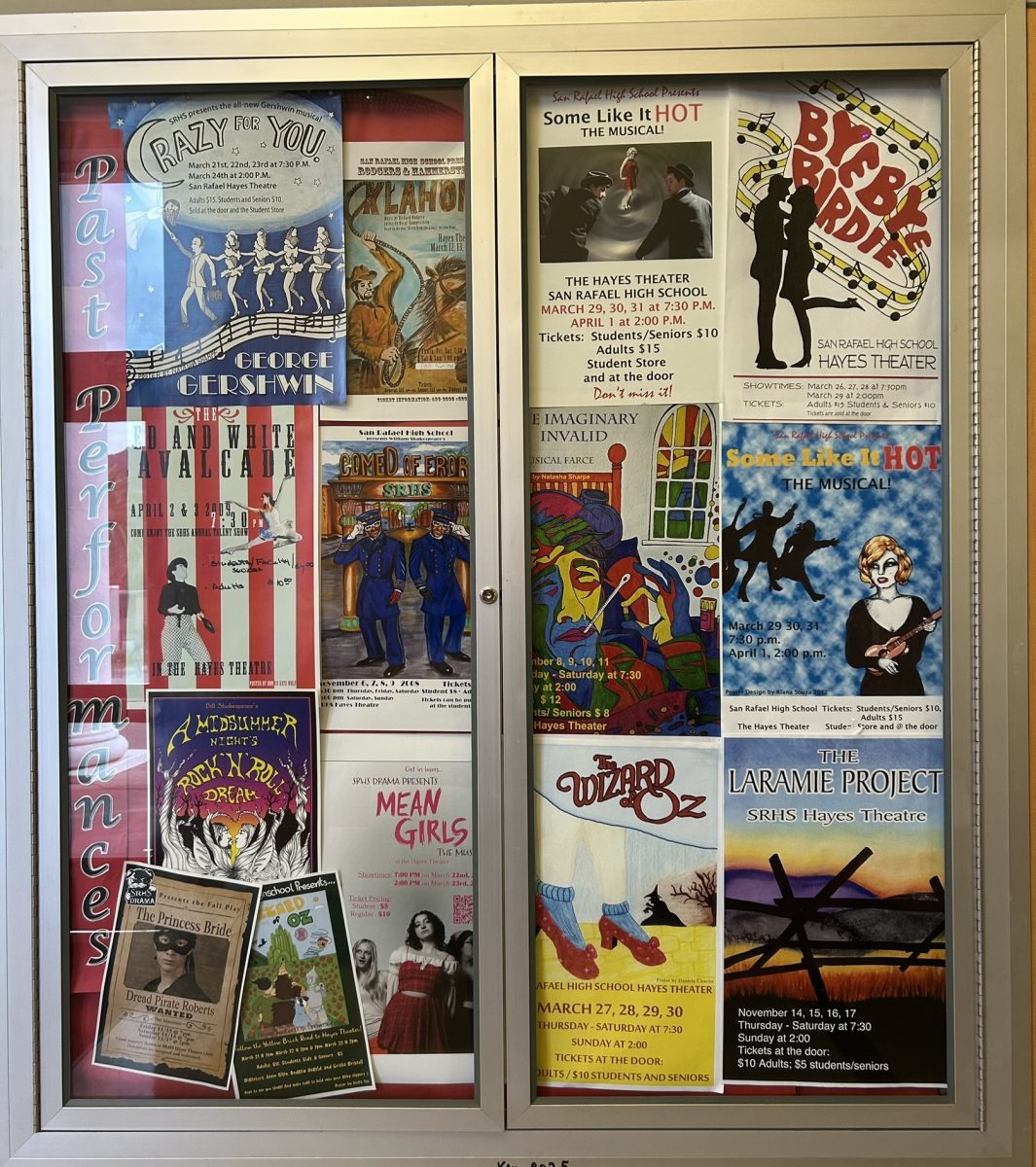
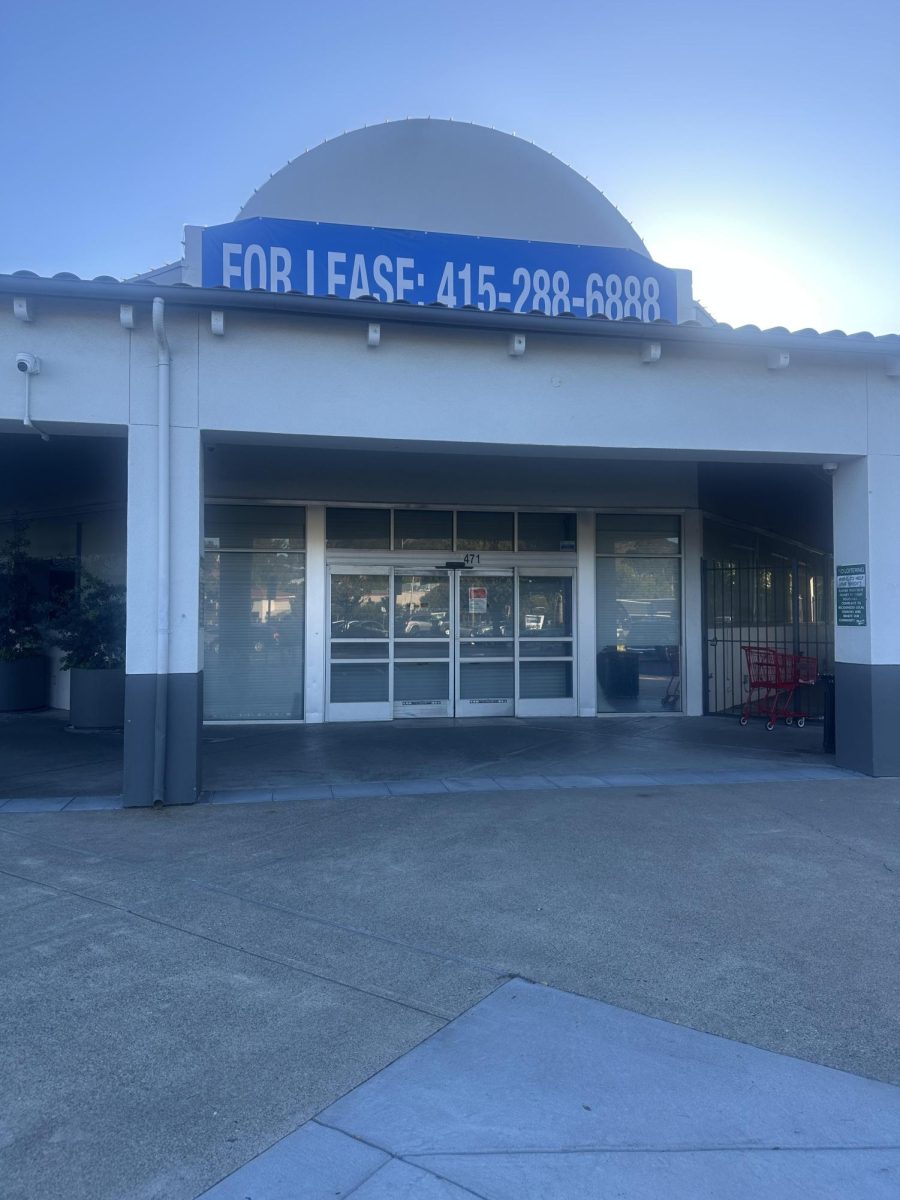










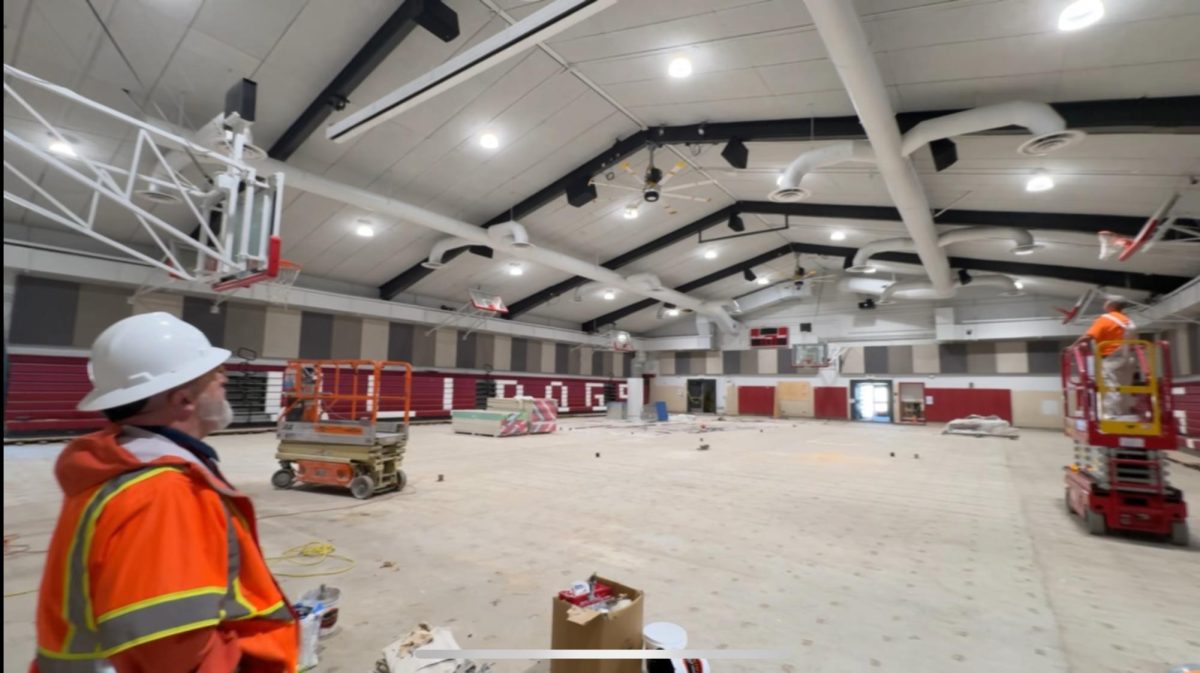



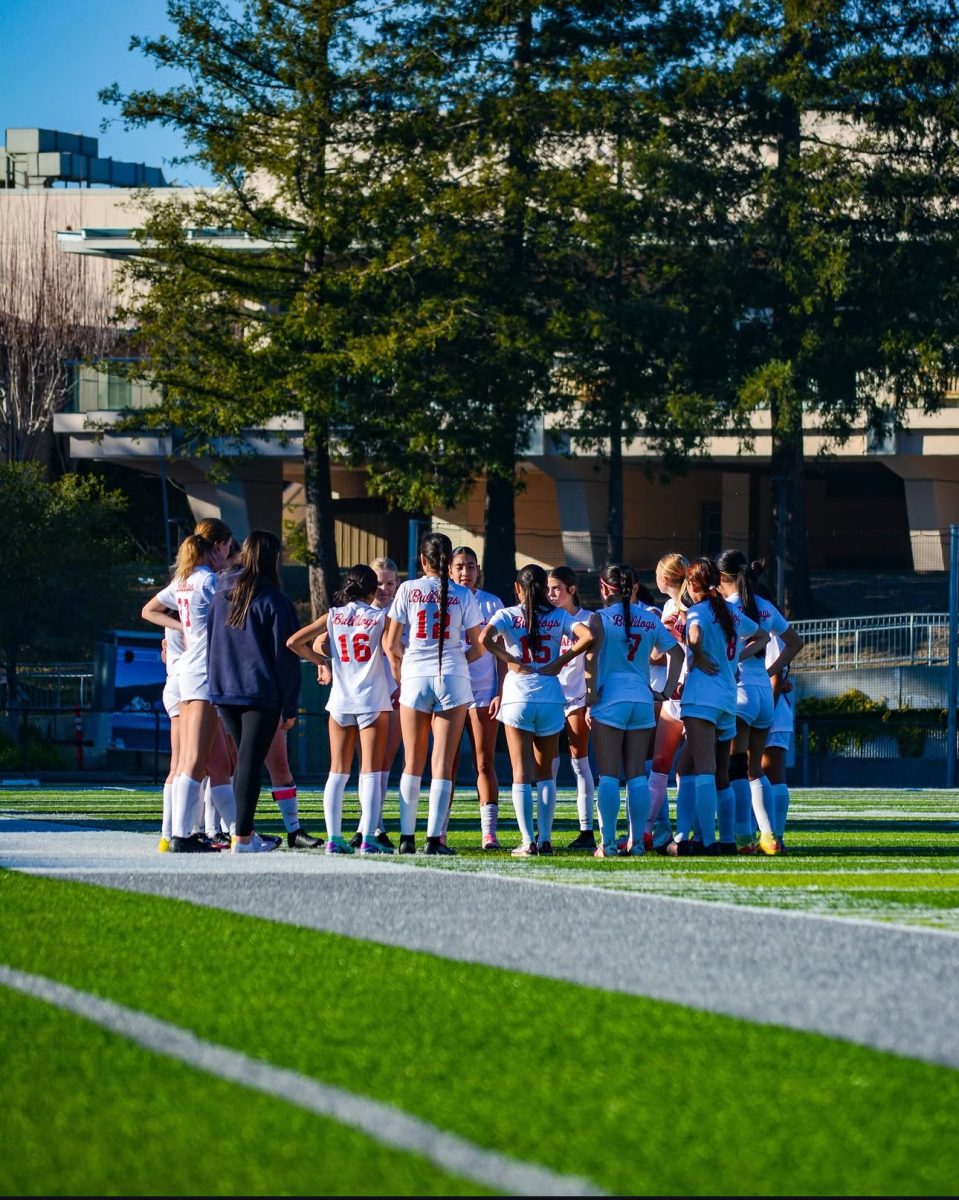

















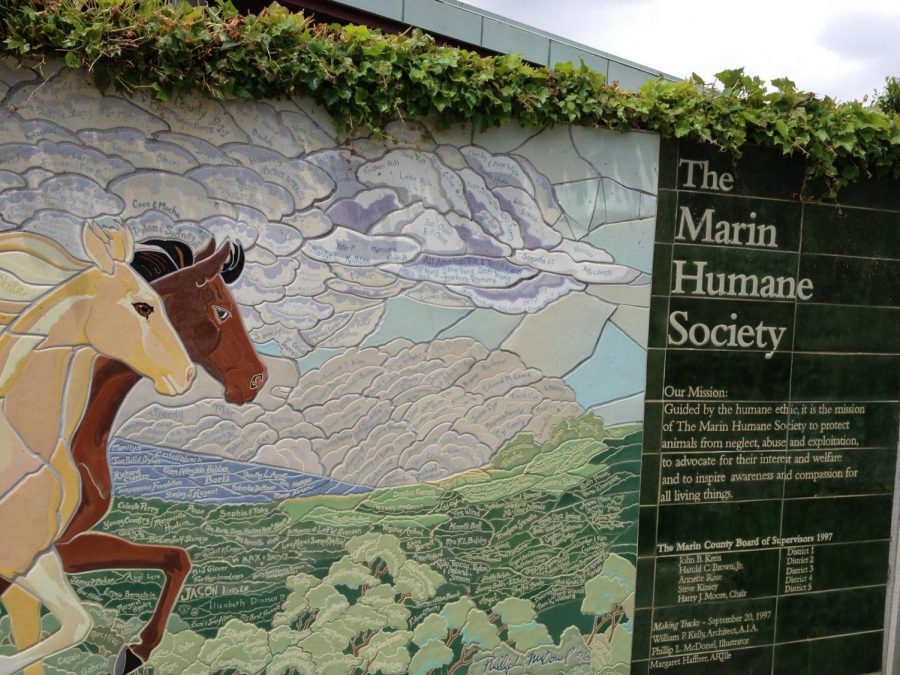
Carol Allison • Oct 11, 2020 at 7:41 pm
Thank you for this article Sarah. I was unaware of what was happening with dog adoptions in Marin, and in general, during this time.